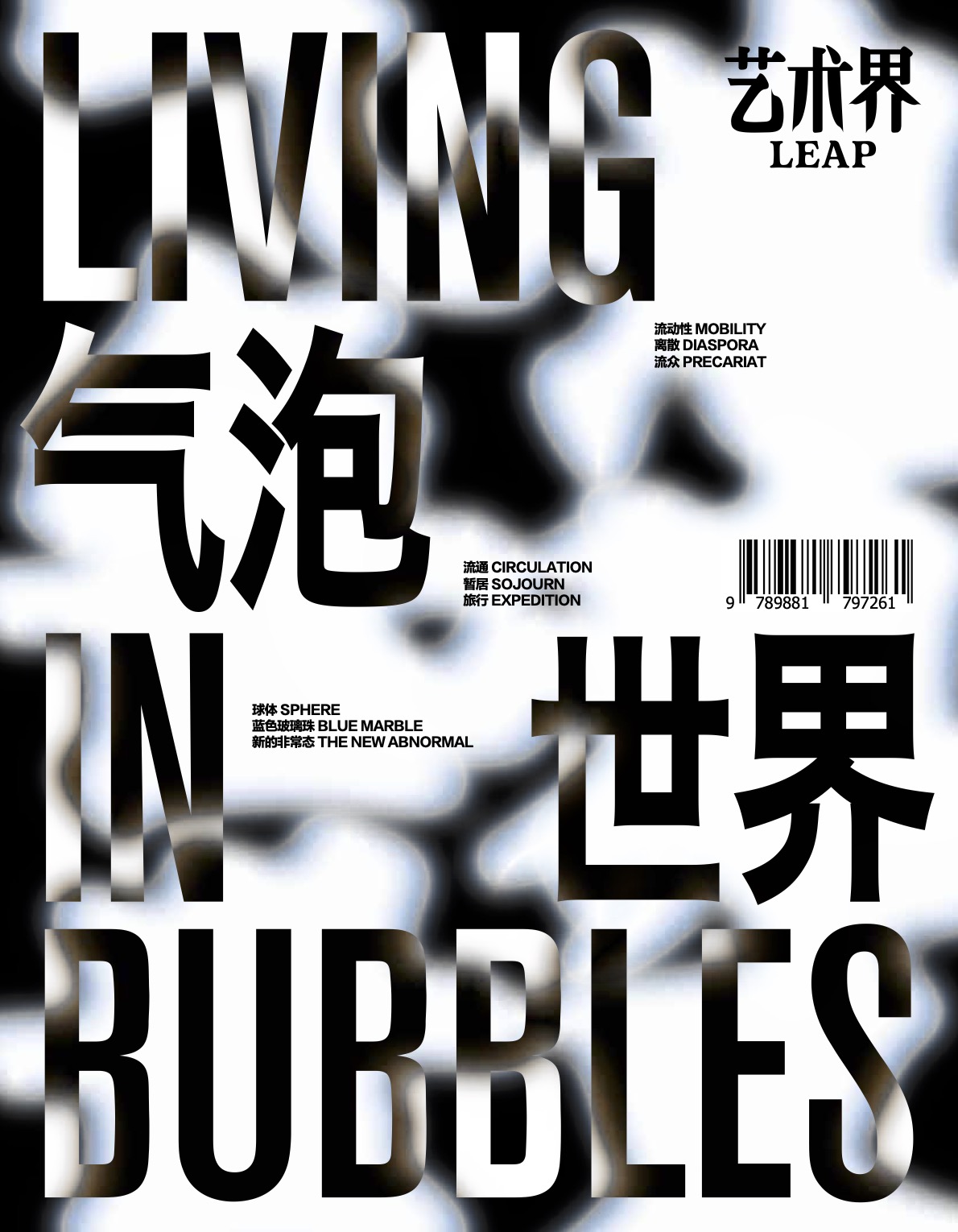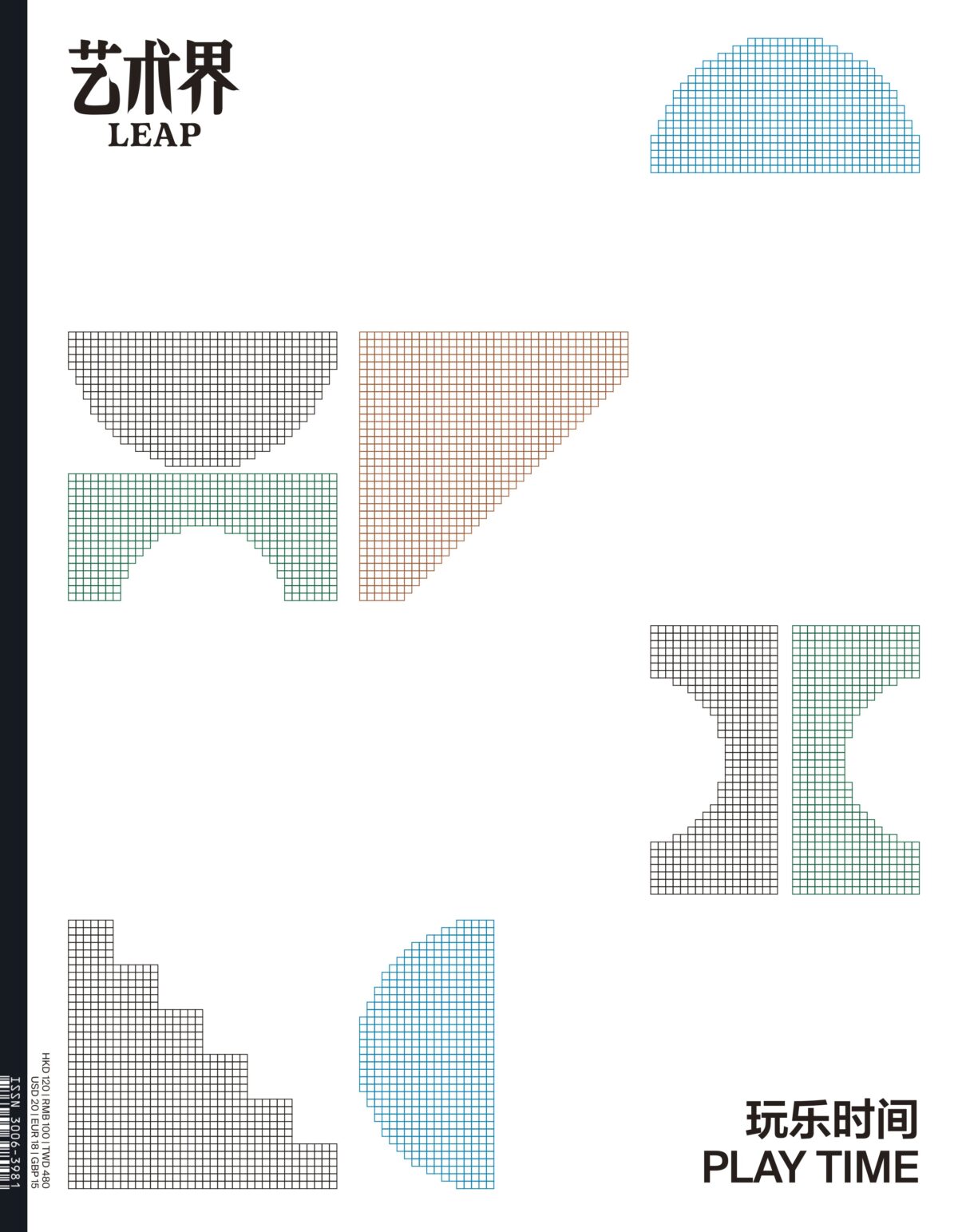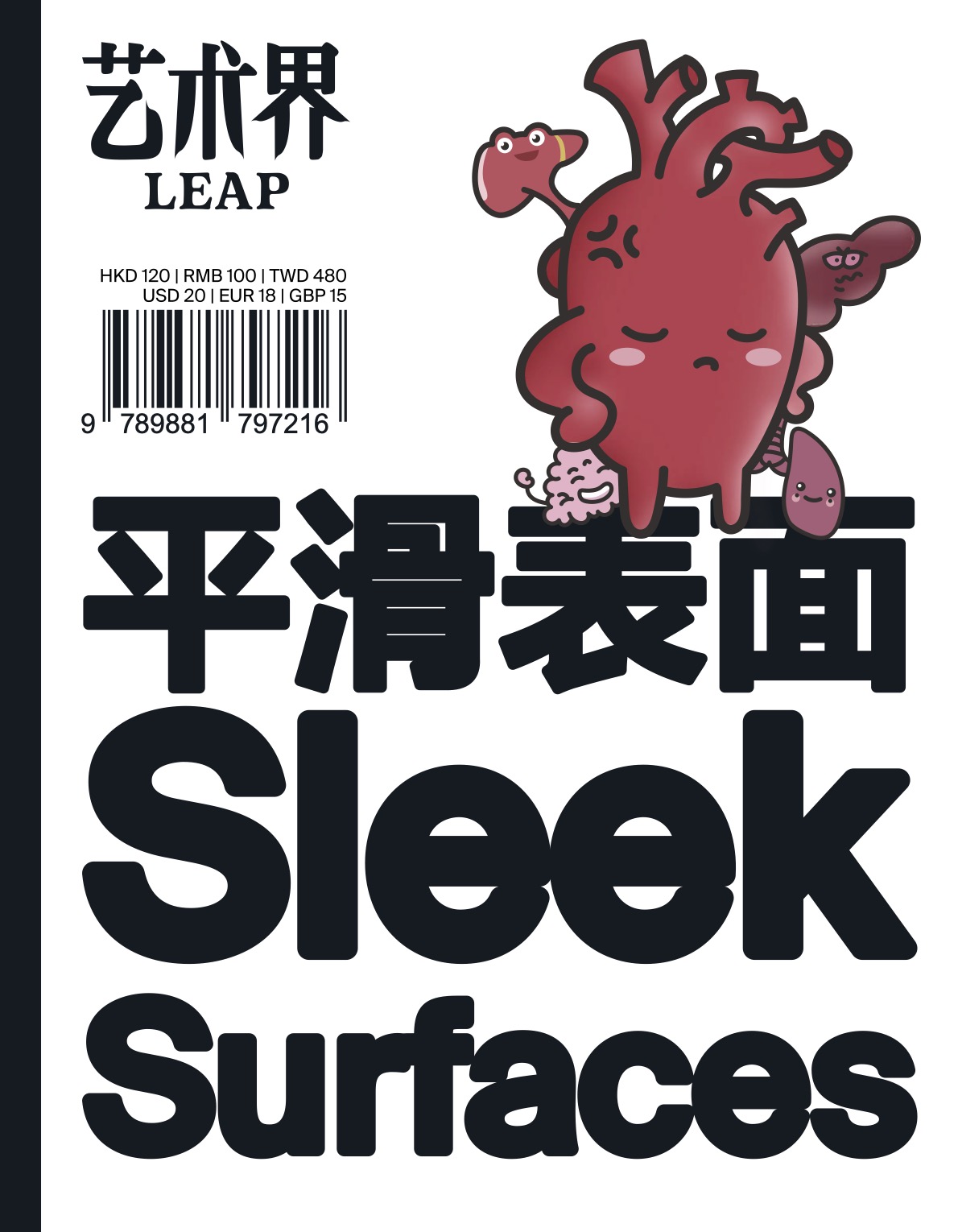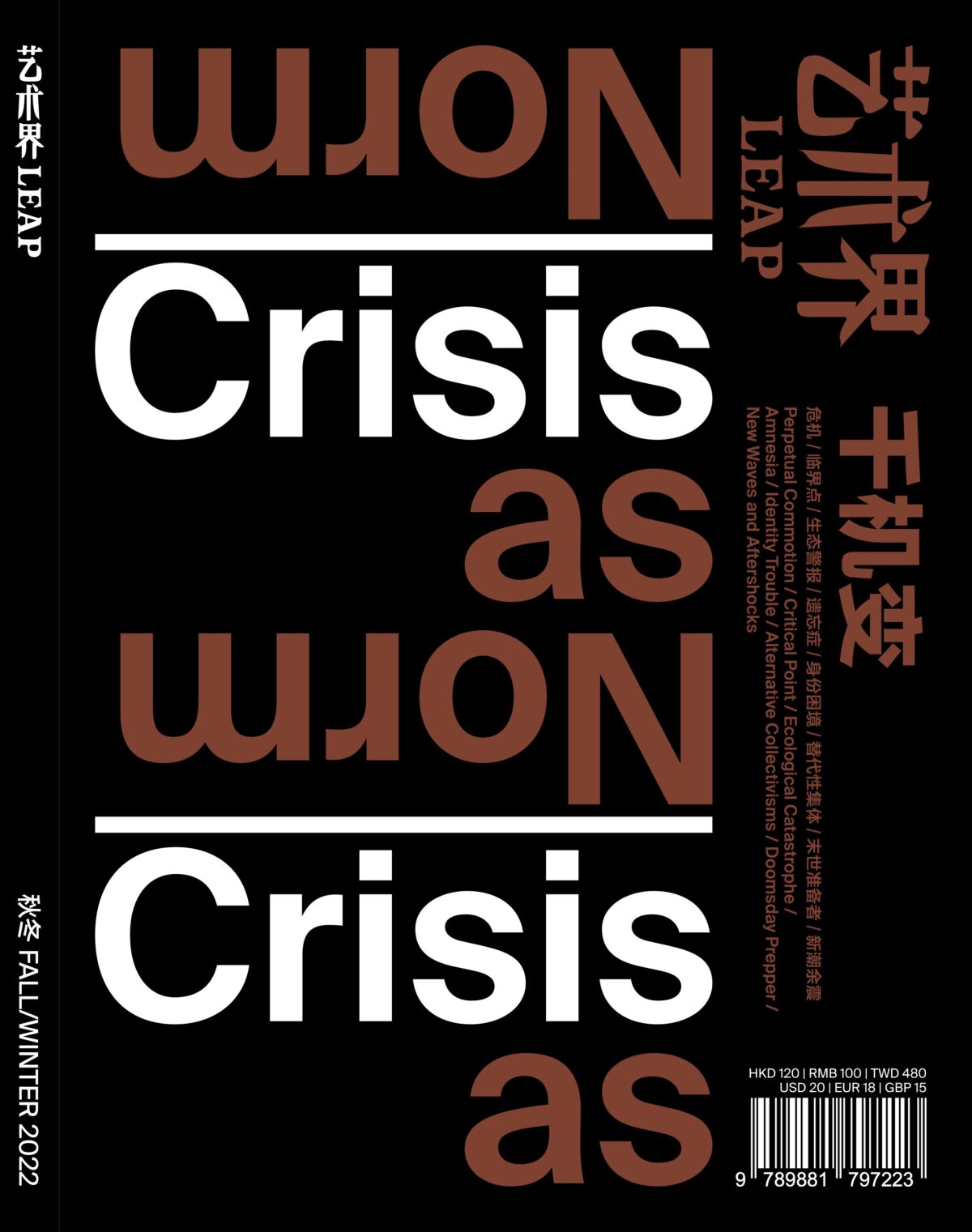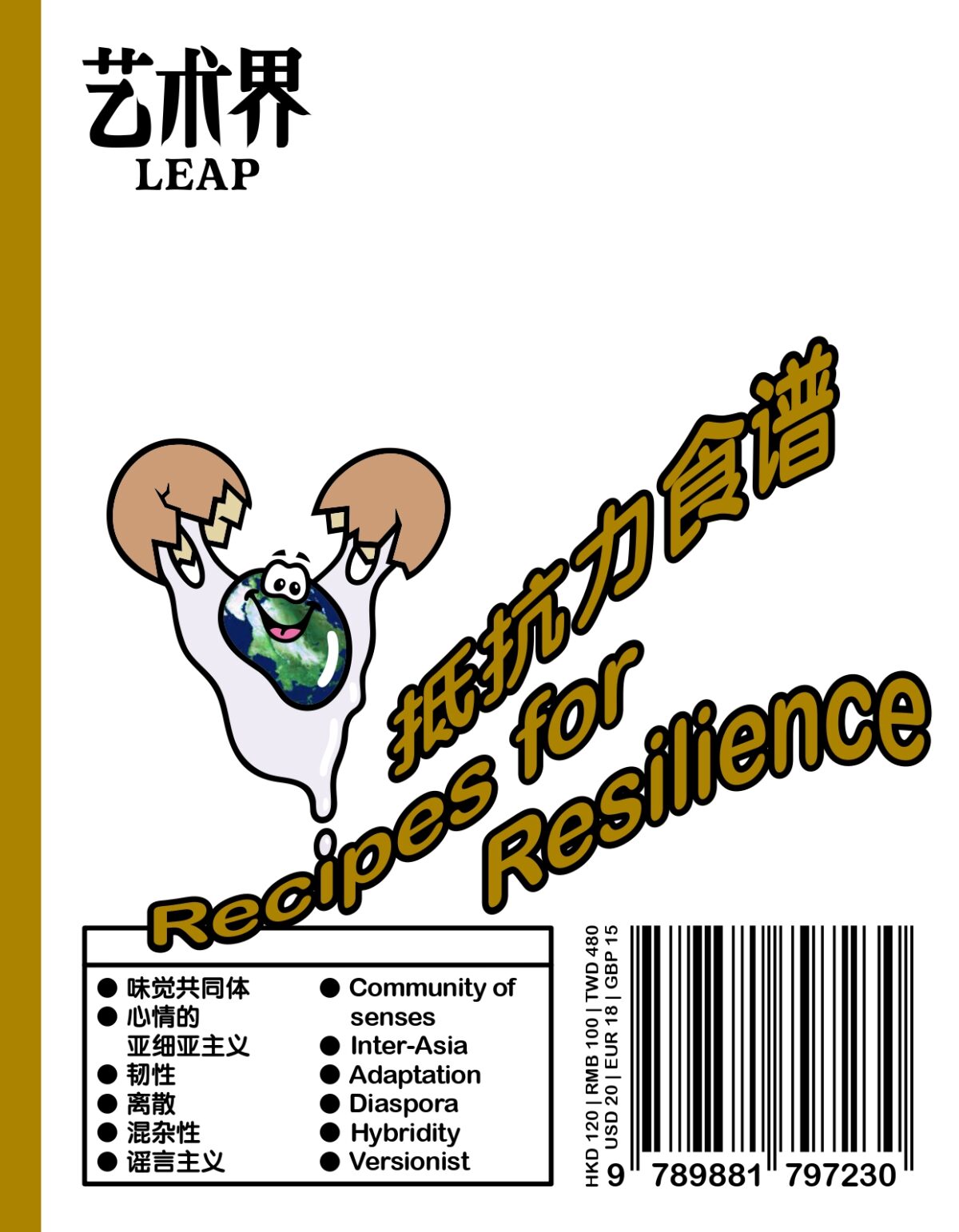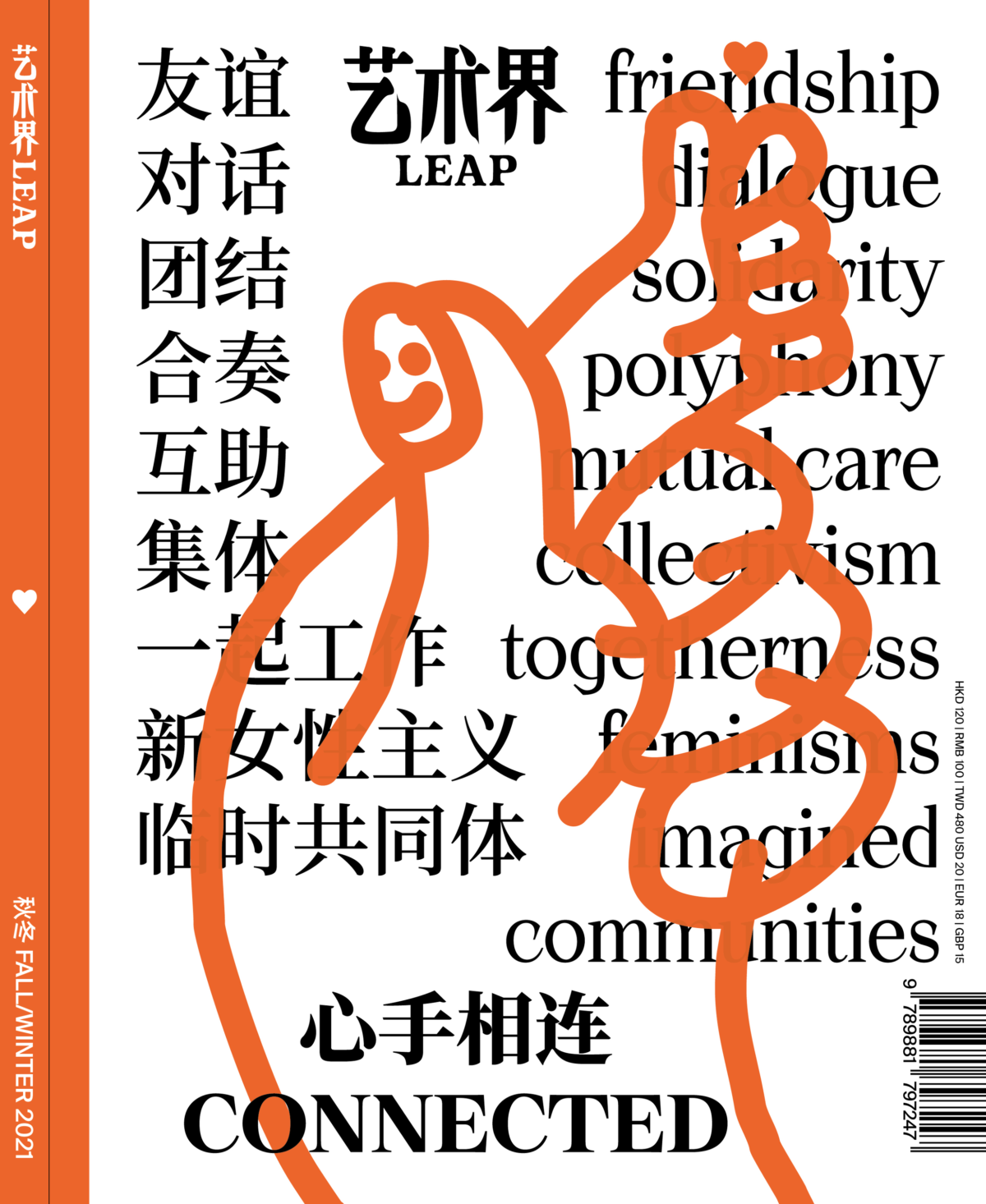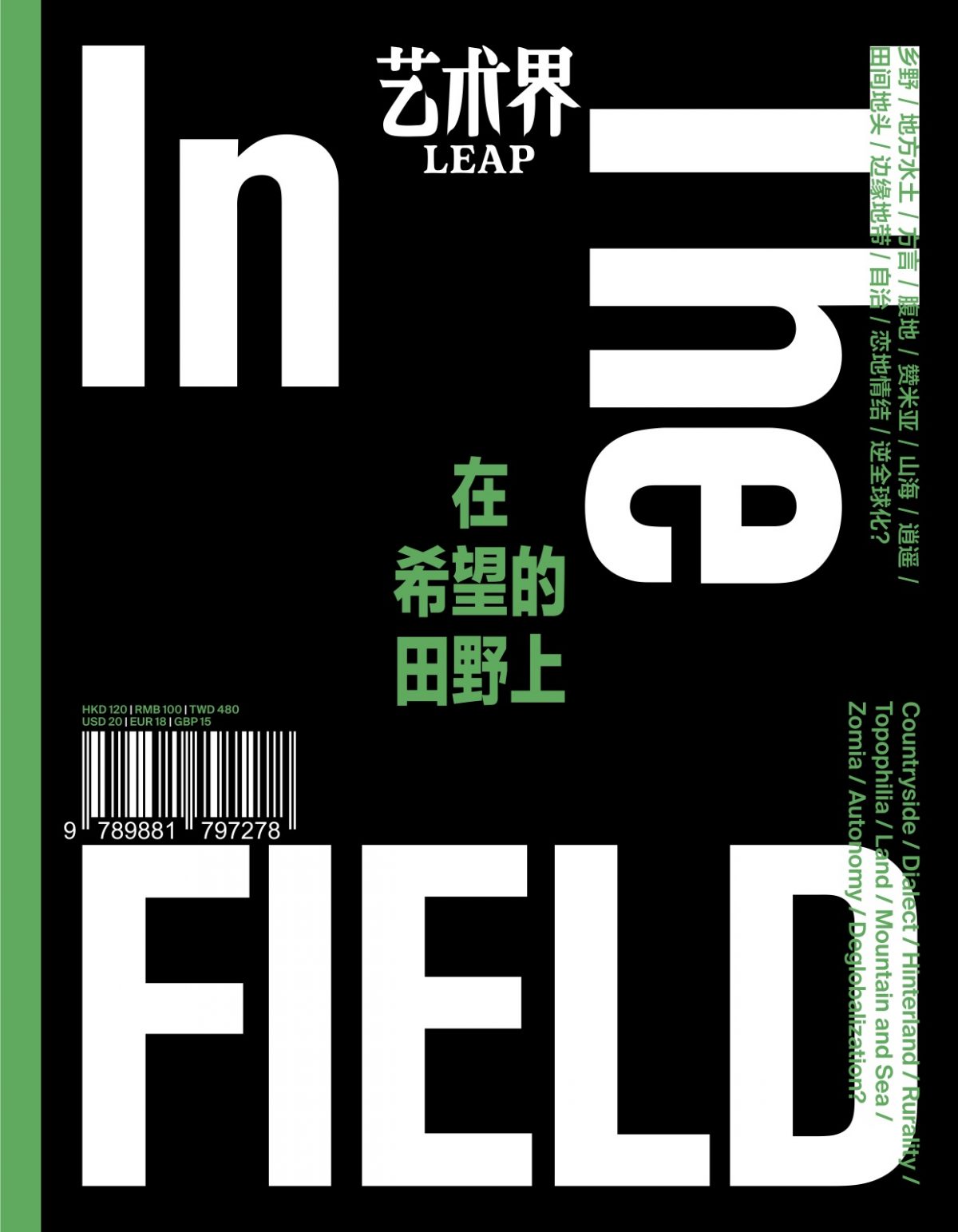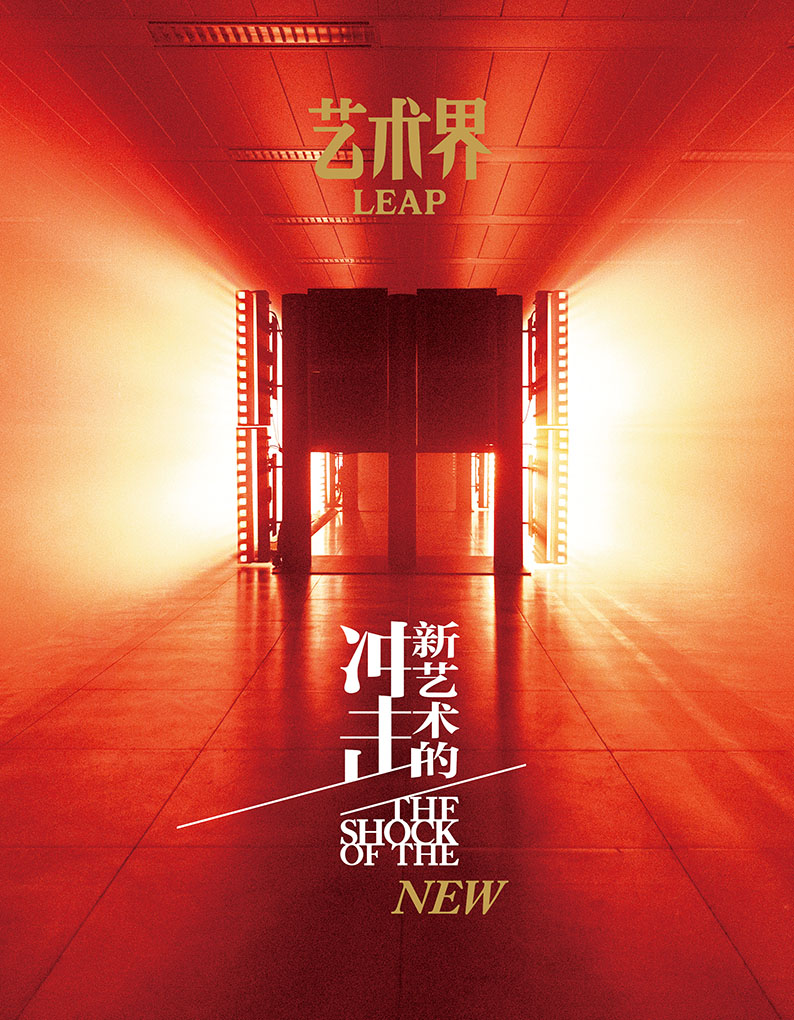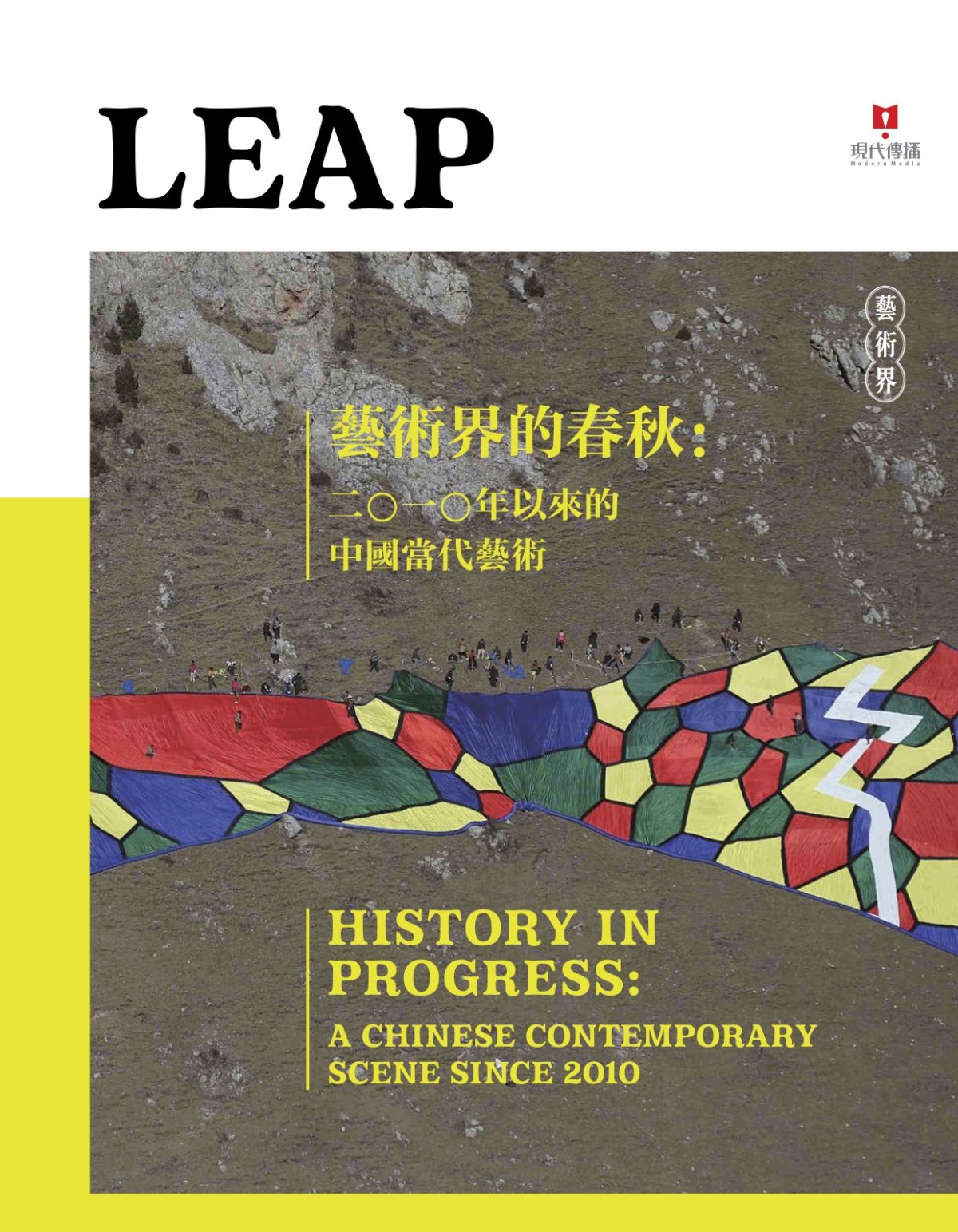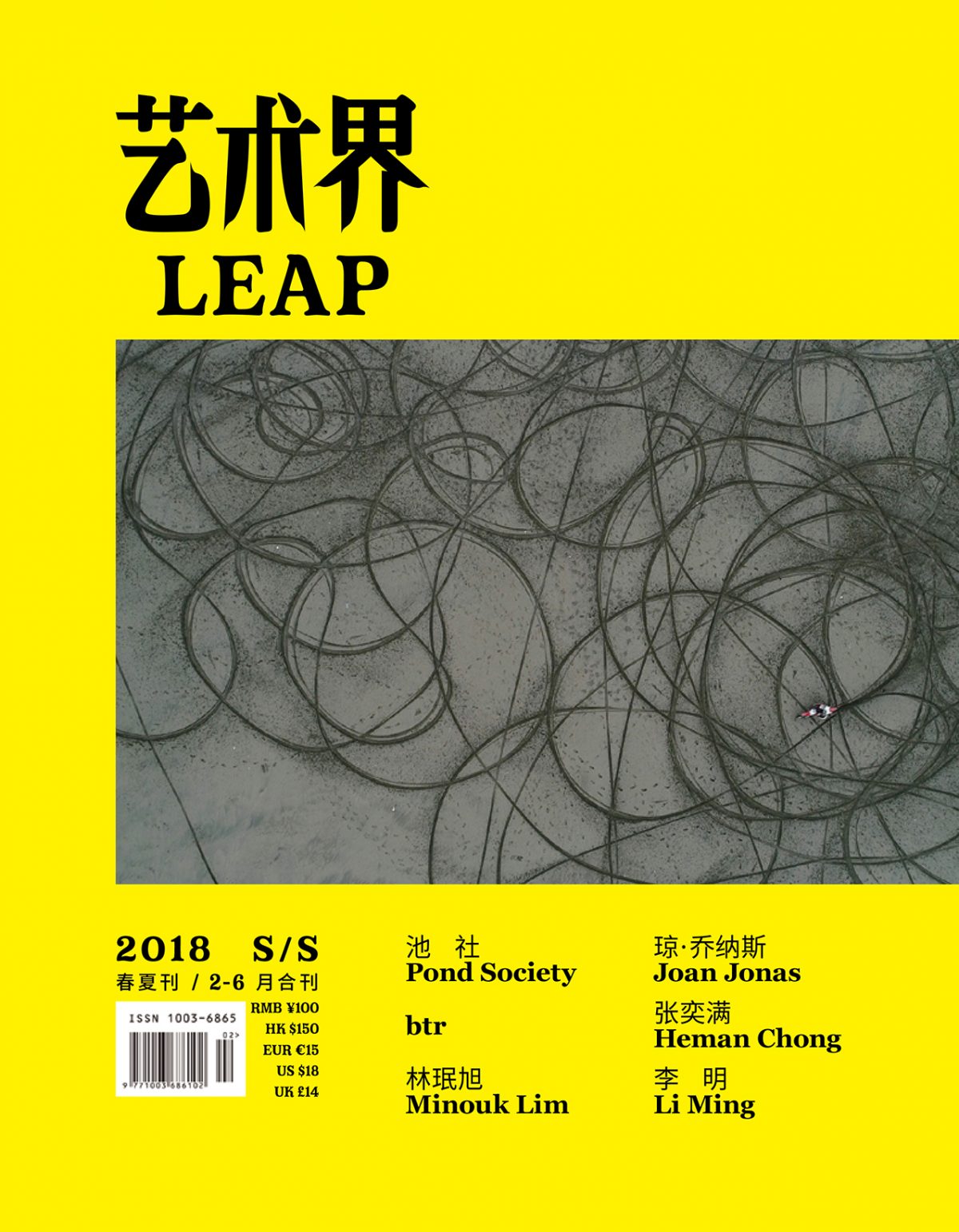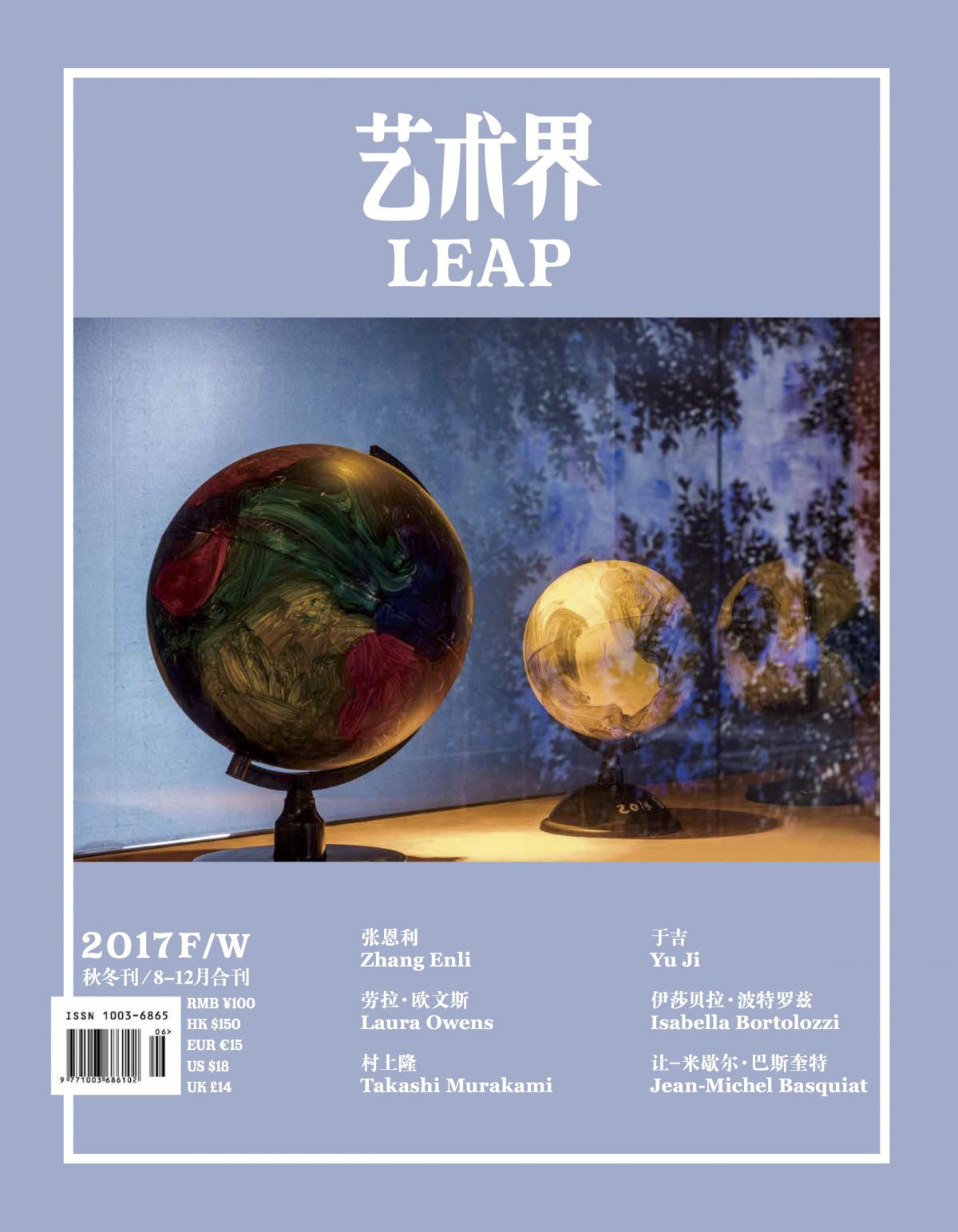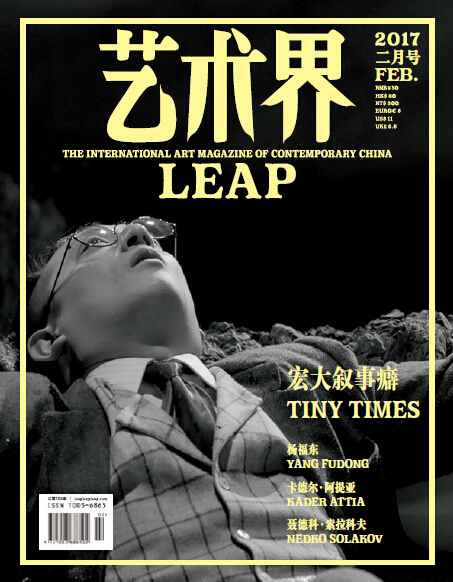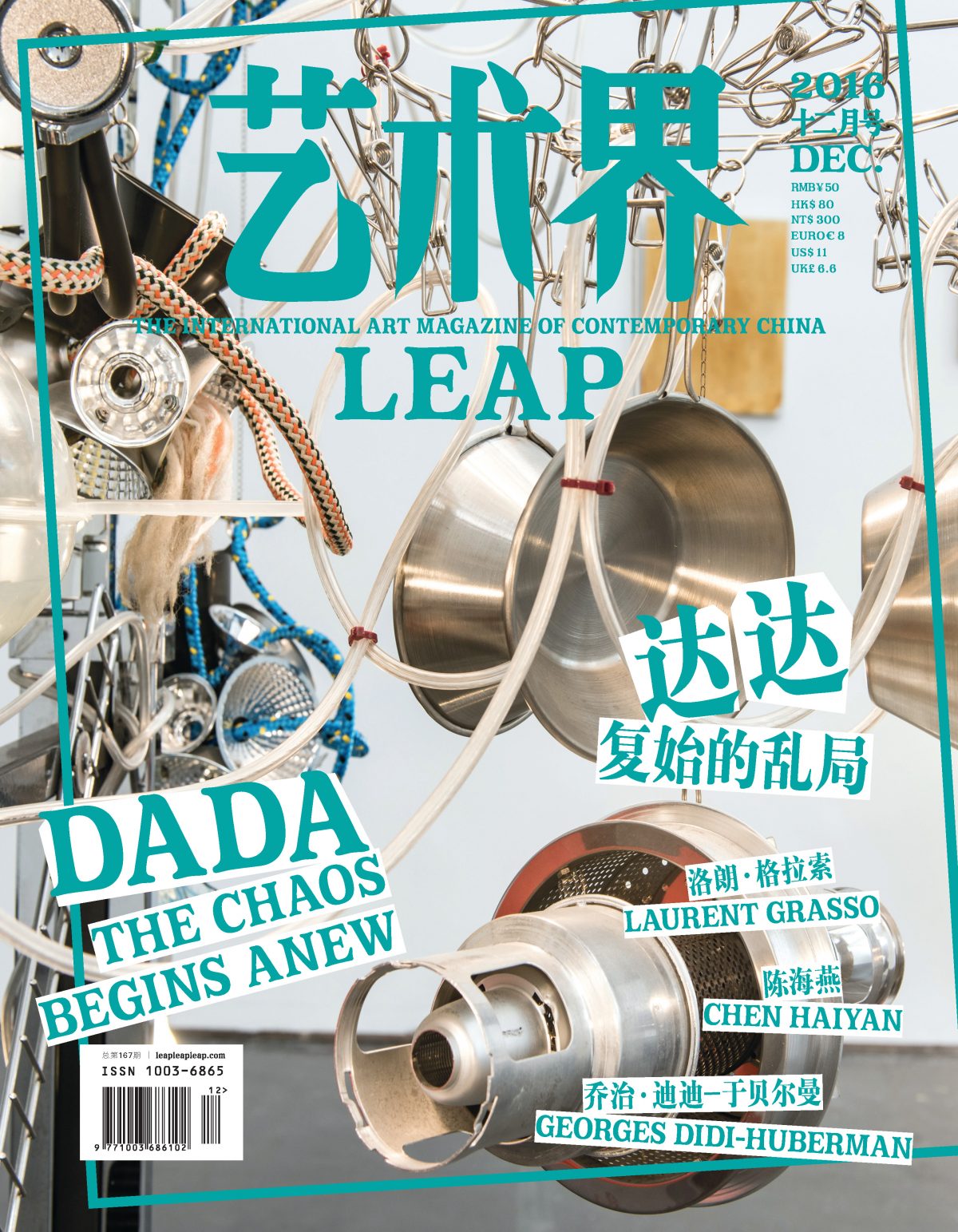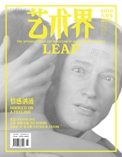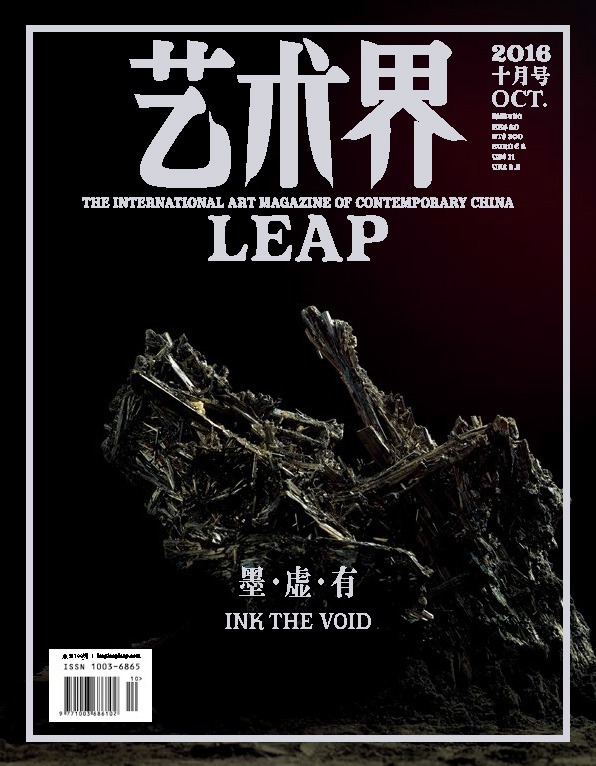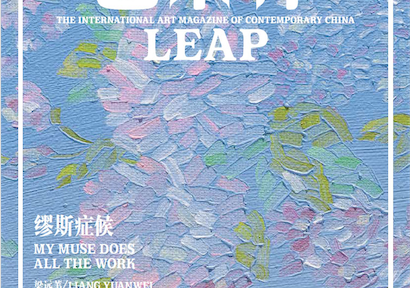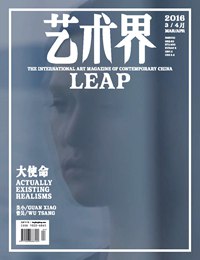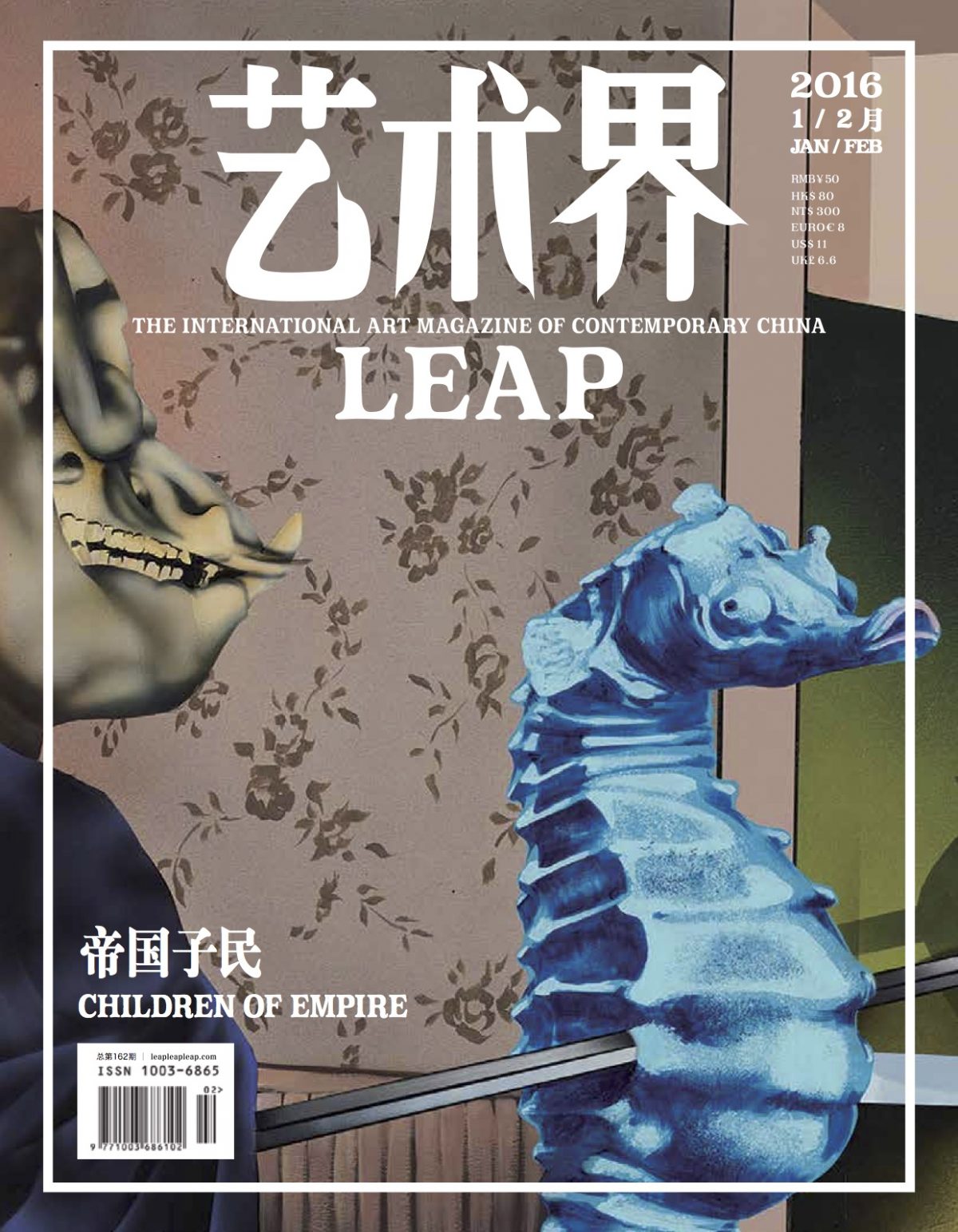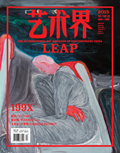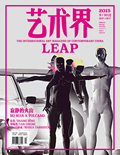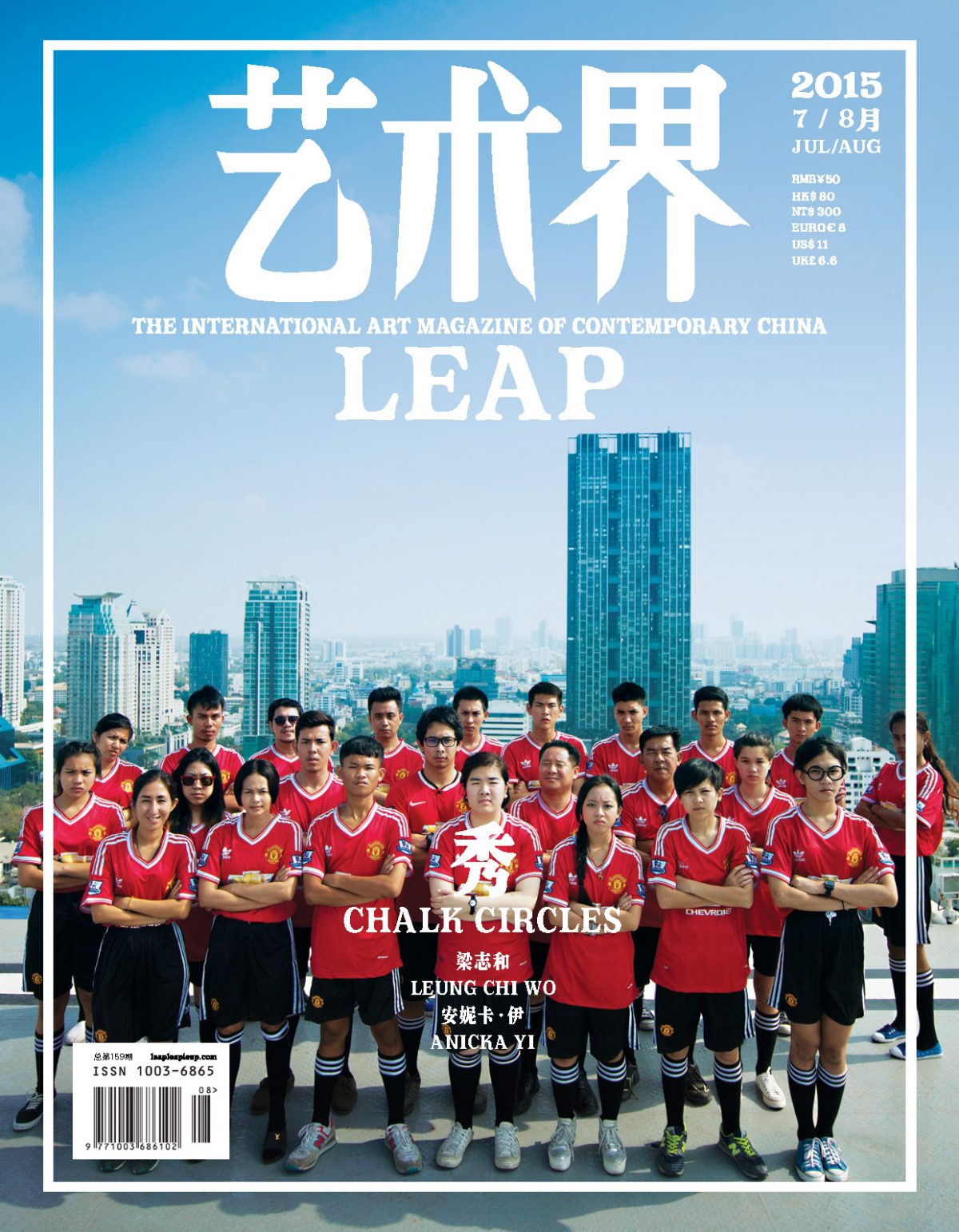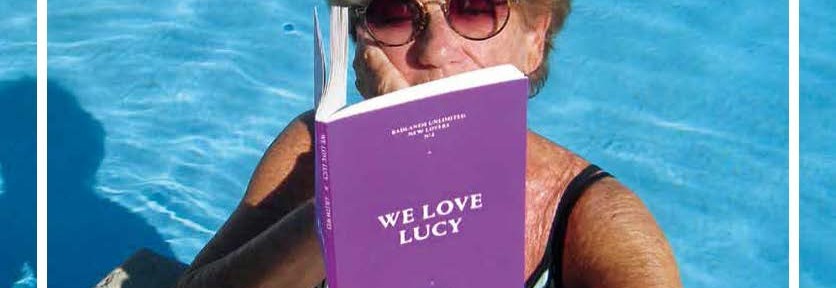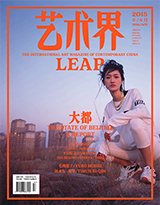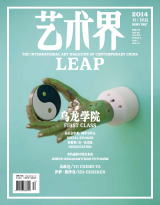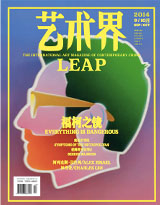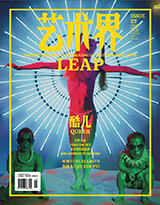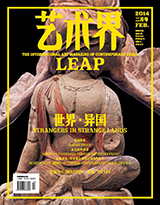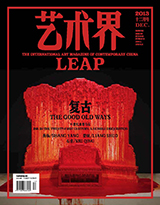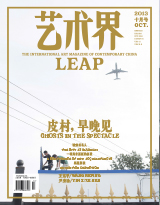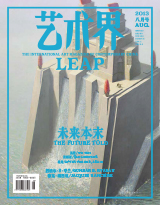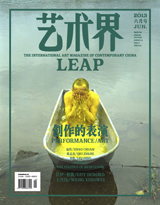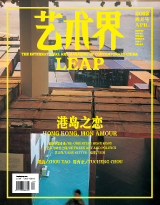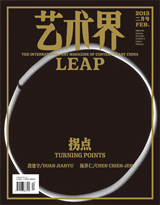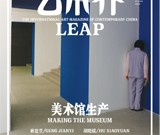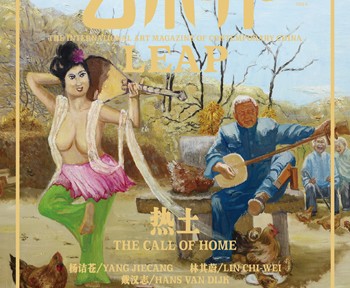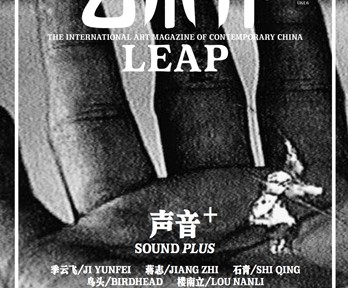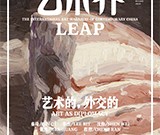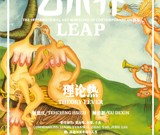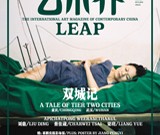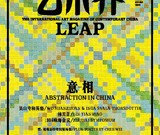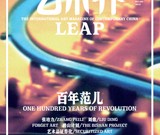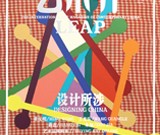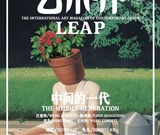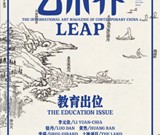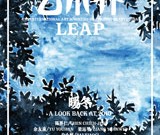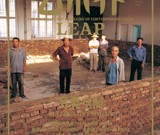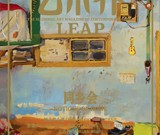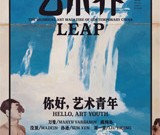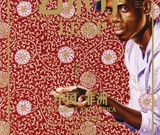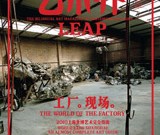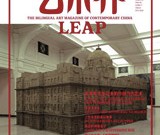In 2020, the global pandemic has accelerated the fragmentation and isolation of different regions and social circles across the world. While the impact of COVID-19 is ongoing and palpable, and cross-border travel is widely restricted, this issue of LEAP, “Living in Bubbles,” examines the “new normal” condition of our existence on this lonely planet—which is in fact not so normal. “Living in Bubbles” is concerned with the notion of “mobility,” the increasing isolation of our world(s) when mobilization is tampered, and how we can surpass our limitations and inertia, towards a broader vision of the world beyond our bubbles.
This issue of LEAP looks at the survival and emotional states of individuals during the pandemic via observations and creations from artists and writers around the world. Locked-down while attending her residency program in Geneva, the artist Shuang Li remembers her friendship with the late writer and journalist Kim Wall in a touching essay, and ruminates on the stigmatization of women in history, reality and social media, as well as a possible way out of gender binarism in the screen age. Against the backdrop of the global pandemic, the rise of platform-capitalism, and the clear-cut class divide in the various dimensions of daily life, writer Zoéni Liwen Deng paints three portraits of the precariat class—seafarers, SMART migrant workers, and delivery riders, and looks into their working and living conditions via a close reading of the artists’ films and journalistic work on the subject matter. In her photographic work The Flow, the artist Peng Ke portrays a broader social spectrum in an urban and mobile China. In addition to reflections from artists and writer in their respective bubbles, this issue also includes studies on and digital imaginings of our collective bubble—the Earth—from artists and researchers such as Geocinema, as well as exhibitions reviews from the second half of 2020.
It seems as though COVID-19 has irrevocably altered people’s perspectives on mobility and social interaction formed in an earlier, accelerating stage of globalization. The metaphor of living in a bubble has become increasingly real and tangible. But are bubbles an absolute obstacle to freedom? The German philosopher Peter Sloterdijk’s pre-pandemic vision of a social structure made of bubbles is particularly apt for our current world. In Sloterdijk’s vision, individuals create bubbles of their own and face the society with the bubbles they conceived. However, the combination of bubbles cannot be understood as a network of linear connections between people, because the same membrane is shared between bubbles. While each bubble is isolated from the others, the existence of the shared membrane creates a co-living dependency between bubbles. In the pandemic era, the notion of the membrane is especially telling. When we are isolated in our individual bubbles, socially or psychologically, it is the shared membrane that sustains us, and allows us to see, feel, and imagine a bigger world.



